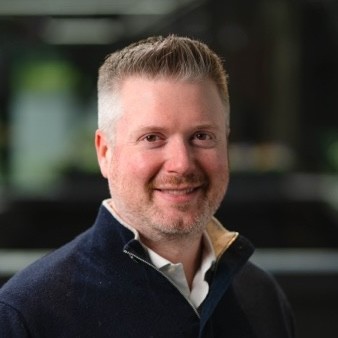Jan 29, 2024
Article

Steve Knapp
The clearest example of the power of ‘getting together’ that I can think of is the best workshop I ever facilitated in my professional services days. It’s the workshop that essentially set the blueprint for the rest of my career in implementation and management consulting. At the time, I thought we were kind of making things up as we went along, but after the fact I realised the sheer genius of my client project manager and how we accomplished more in 3 days than we ever could have in 3 months or even years.
I’ll set the scene for you. Back in 2008, I was a young consultant at a software company and we had a Fortune 10 customer who accounted for over 25% of our revenue (i.e. they were really important). They wanted to expand to a new category that we had never serviced before, but this project would double our revenue if we were successful. Meanwhile, the customer had a major task on hand: to convince three distinct groups of people to agree on a single solution when they barely spoke to each and never agreed on anything from systems to people to processes. And they had to do it in advance of the largest project in company history with literally billions of dollars at stake.
For the first few months of the project, we had a rough start. As we attempted our standard strategy to ‘gather requirements’ we were met with a host of brick walls, conflicting needs and lots of Doubting Thomases. One particular guy (let’s call him Jeff), seemed to make it his mission to point out all of the potential issues, escalate them immediately and try to stop the project. To these guys, implementing a seemingly optional corporate software solution right before a critical project was too great a risk. Why not just stick with the tried and tested methods that had always worked? So we were regularly told to go fly a kite.
Enter the ‘conference room pilot’. I had never heard that term before, but it really was just an ‘As-Is’ and ‘To-Be’ process mapping workshop. We pitched it as a way for everyone to ‘test out’ whether this new solution could work for them and if it couldn’t, we promised we would shut down the software project. We needed to get folks from almost a dozen departments, both front office and back office, into a single place for three days. Back then, it probably took 3-4 months of planning, just to figure out people’s availability and find a venue, taking into account where everyone was coming from and what we needed the agenda to be in order to be successful. But we kept grinding.
When we got everyone together it was almost 40 people in a basement conference room at a hotel just outside Edmonton, Alberta. Just far enough away from any of their offices that they had to commit the day to us and conveniently underground with horrible reception and wifi so we kept their attention. We had butcher block paper and sticky notes. SOOOO many sticky notes. And therein was the magic. We spent TWO days just asking them to write down on post-its what all of the steps were today in classic process mapping style Noun-verb pairs, action verbs not mushy verbs, etc. After two days there was general agreement - the process today was long, complicated and had LOTS of duplicated steps. Why? Because up until this point, people didn’t talk to each other so they all created their own checks and balances within their own portions of the end to end process.
On Day 3, we presented a ‘straw man’ To Be Process Map which I had prepared the night before, based loosely on our current system capabilities but stretched to where I knew we could get to in product development ahead of launch. It was a roaring success. We had left the As Is process maps on the walls and when they visually could see side by side the 300+ steps versus the 60 or so steps, there was a collective ‘wow’ in the room. Our friend ‘Jeff’ suddenly stood up and said, “this could really work and be a huge time saver for us.” He then went from being our biggest critic to our biggest fan, and helped us get the project over the line.
On reflection, this seems simple. Get people together and do some process mapping. But as the workforces of today become more ‘virtual’ and ‘remote’ and collaborate more online, these types of intense workshops are becoming less common. And when we multitask during a workshop, it’s never a success. People need to learn other people’s perspectives, make compromises and move forward. And fundamentally, that’s why we started GatherGo - to make it easier to coordinate and plan those kinds of impactful workshops. We saved that company tens of millions of dollars and thousands of hours of manual effort, but it never would have happened if we didn’t make that upfront investment in forming, storming and norming in order that we could get to performing.









